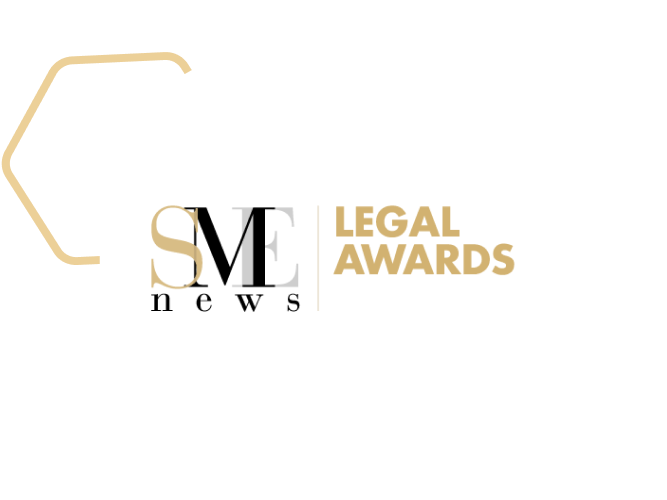Scaling business operations can mean different things to business owners. For some entrepreneurs, that would mean building a new branch; for others, scaling could mean introducing new items in their product catalogue.
And for people like yourself, that could mean adding a business vehicle to your fleet.
While owning a business vehicle can unlock a new range of opportunities, it’s certainly not something you can buy on a whim.
The average median price of standard cars can go for £36,000 in the UK, and this is yet to include the ongoing cost of fuel and maintenance fees.
Fortunately, there are ways to keep your capital intact when buying a vehicle. And that’s by opting for vehicle financing.
Vehicle financing is a way for buyers to acquire their vehicle through a loan or other arrangement.
There are many methods within vehicle financing, and this article will delve into ways you can optimise your vehicle financing options for your business’s well-being.
Read on to gather valuable insights on how to best manage your vehicle financing methods.
1. Budget for Vehicle Acquisition and Ongoing Expenses
You’ve likely already assessed your business needs and deemed it the right time to acquire a business vehicle. But one key consideration is your business’s financial capacity to handle the purchase.
If your business has a healthy historic cash flow and a fair amount of capital to sustain operations, then you can consider buying a business car. However, if you’re lagging financially, then you might want to reconsider buying the car.
The best way to assess your business’s ability to stomach the purchase is by taking a look at your budget and net worth. Never pay full price for a car or even take a loan out if your operations are still deep in the red.
If you’re planning to take out a loan, be sure that your monthly repayments don’t take up more than 30% of your total liabilities. If maintaining a profitable or breakeven point is difficult with the addition of this debt stream, then consider getting the cheapest car variant or leasing instead.
Unfortunately, the costs don’t stop at the purchase price. You’ll also have to pay an interest rate, which is on average about 7 to 10% more than the rate of the car’s value for UK-based individuals. Furthermore, you’ll also have to pay for fuel costs and maintenance fees for cars you own.
Having said all that, be sure that you have some financial room to account for these expenses. You can consider lengthening the term to reduce the monthly payment, but it could increase your total cost so be sure to pick the right balance for your business’s specific case.
2. Choose The Most Suitable Car Loan
There are several ways you can get a lump-sum amount or arrangement to finance your business vehicle.
Some of them are more suitable for specific cases, so consider talking to a finance professional before picking one. Be sure to also account for your specific set of circumstances.
Here are some car loans you can consider:
- Secured auto loans: The lender retains the rights to the vehicle until the borrower pays off the entire payment cycle. The buyer pays lower interest rates but provides collateral to serve as protection for the lender in case the buyer defaults.
- Unsecured auto loans: The lender retains the rights to the car until the borrower finishes paying the term. The buyer offers zero collateral but may have to pay higher interest rates.
- Chattel mortgage: The buyer gets to own the car but they’ll need to pay a prearranged downpayment to the lender. This scheme provides the buyer with tax benefits.
- Hire purchase: The lender gets to keep the vehicle and simply allows the borrower to use the car at an agreed-upon rate. The ownership is then transferred when the buyer completes paying for the term in full.
- Personal contract purchase: The borrower owns vehicle rights by making a downpayment for the car. By the end of the term, the borrower can decide to make a balloon payment to keep the car or to not pay and return it instead.
- Novated lease: A three-party agreement wherein the employer leases the car on behalf of the employee. The employer deducts a portion of the pre-tax salary and uses it to pay off the car lender. Click here to learn more about this scheme.
- Dealer financing: This type of financing is offered by car dealerships. They offer flashy terms such as a 0% down payment, low-interest rates, or cash-back incentives to encourage car purchases, but they may come at a price. Terms vary among dealerships.
3. Read the Fine Print
No one likes to encounter hidden fees, especially when you’re applying for something that can last for years like a business loan.
To avoid this situation, be sure to read the fine print and know exactly what you’re getting into before signing a loan. Get details of not just the APR and the length of the contract, but also determine the associated fees, penalties, and your rights.
By doing this, you can keep your finances safe and feel truly confident about partnering with your lender.
4. Organise Your Finances
It’s essential to keep your finances tightly and smartly managed.
Leaving debt unpaid for months can leave your business in shambles when collection time approaches—and while borrowing more debt can clear it, you’ll have to pay for them all eventually. Plus, there’ll come a time when lenders will catch wind of your scheme and reject your application.
As such, if you currently have a few debt streams, it’s important that you manage them appropriately. Consider ranking them based on priority and significance. Focus on clearing that debt, then work your way to the bottom of the list.
If you find yourself cutting it financially close when payment day arrives, consider negotiating for debt postponement. But as much as possible, try to opt for a defensive approach when your debt streams are coming in too quickly.
5. Make Timely Monthly Payments
The best way to manage your vehicle financing loans is simply by abiding by the terms in the contract. The number one thing that a lender wants from a borrower is the right amount of money at the right time.
Delaying payments means you’re not holding up your side of the bargain. It also leaves you at the mercy of heavier interest rates later on, as well as potential penalties imposed by the lender.
Hence, it’s your duty as a borrower to ensure that you make timely payments. This not only keeps you in good standing with the lending company, but it also helps you maintain a good credit score—which is essential if you want to leverage debt for future business endeavours.
6. Consider Consolidating and Refinancing Your Loans
Some lenders are open to negotiating with you even after you’ve signed a contract. If you have multiple debts running from a single lender, consider talking about the opportunity to consolidate your multiple debt streams into one.
This not only helps it easier to keep track of your loans, but it can also potentially decrease your interest rate for all your loans combined. If your lender agrees to these terms, you can spend much less than you intended.
That said, be aware that debt consolidation also comes with a lengthier term. Be sure to calculate the total interest expense before and after the adjusted rate, as well as any associated fees, to see if this move is truly worth your while.








